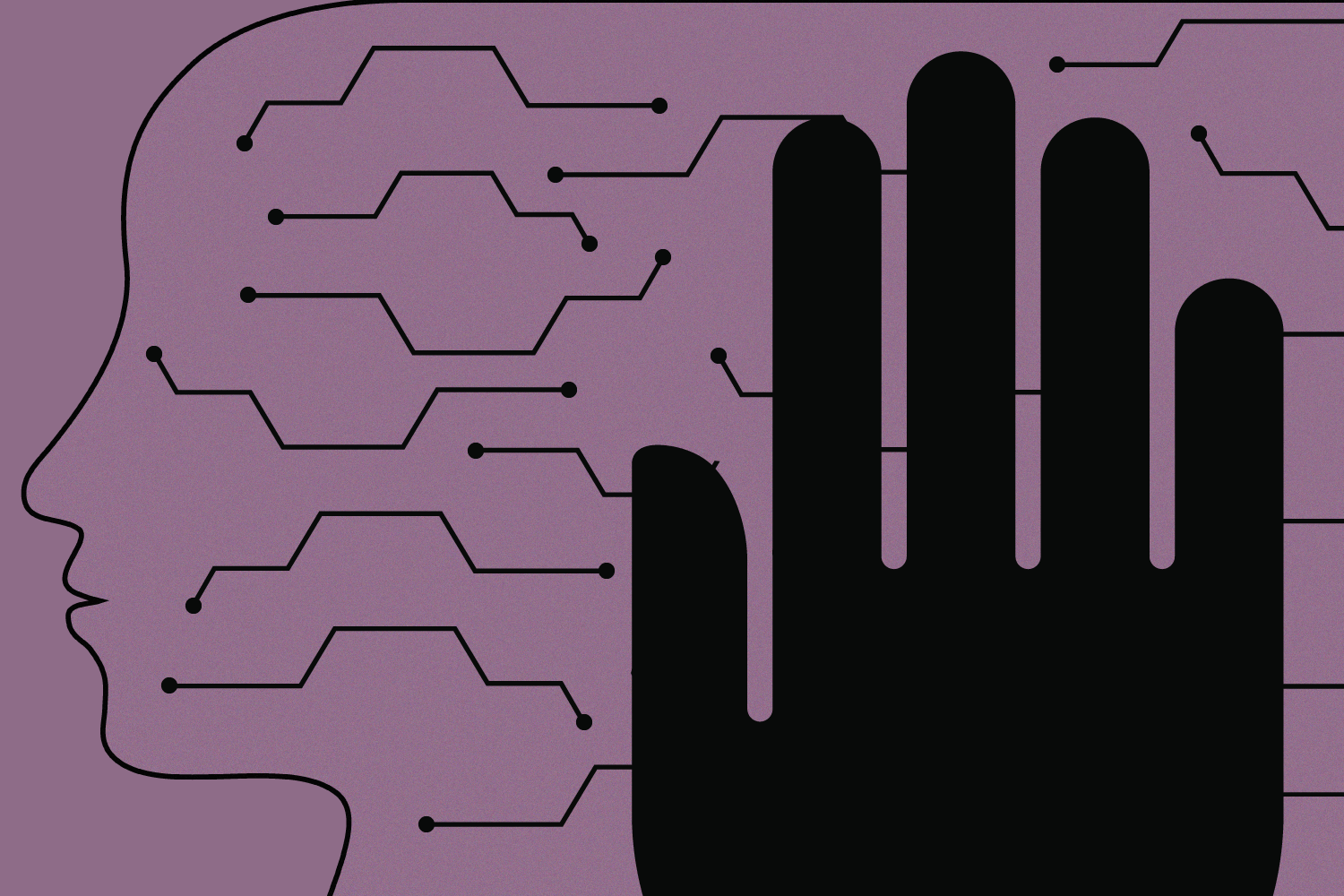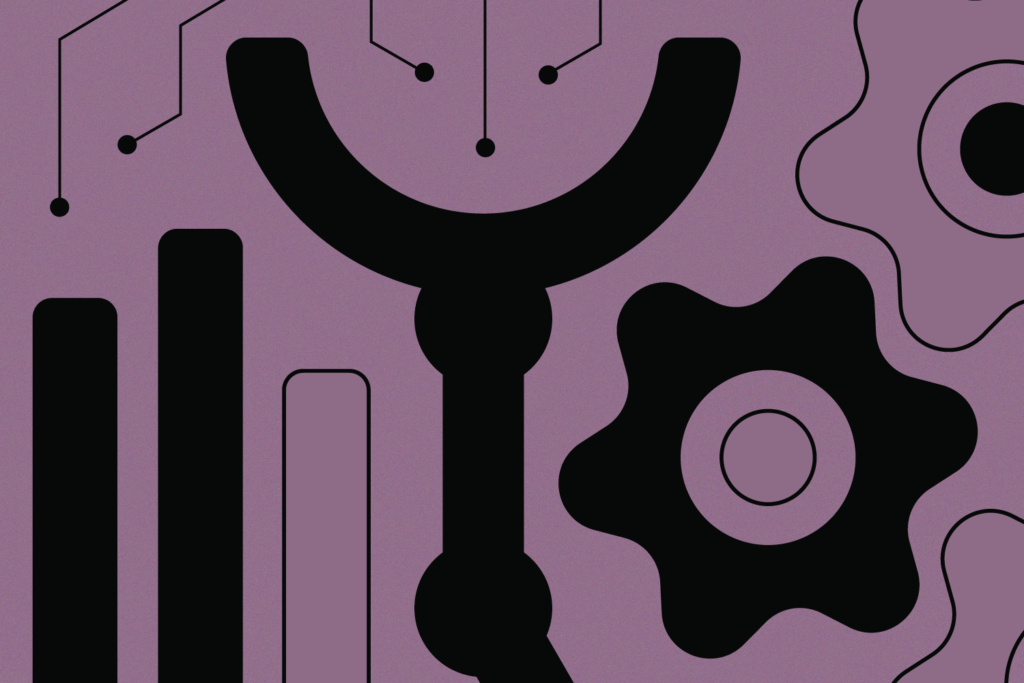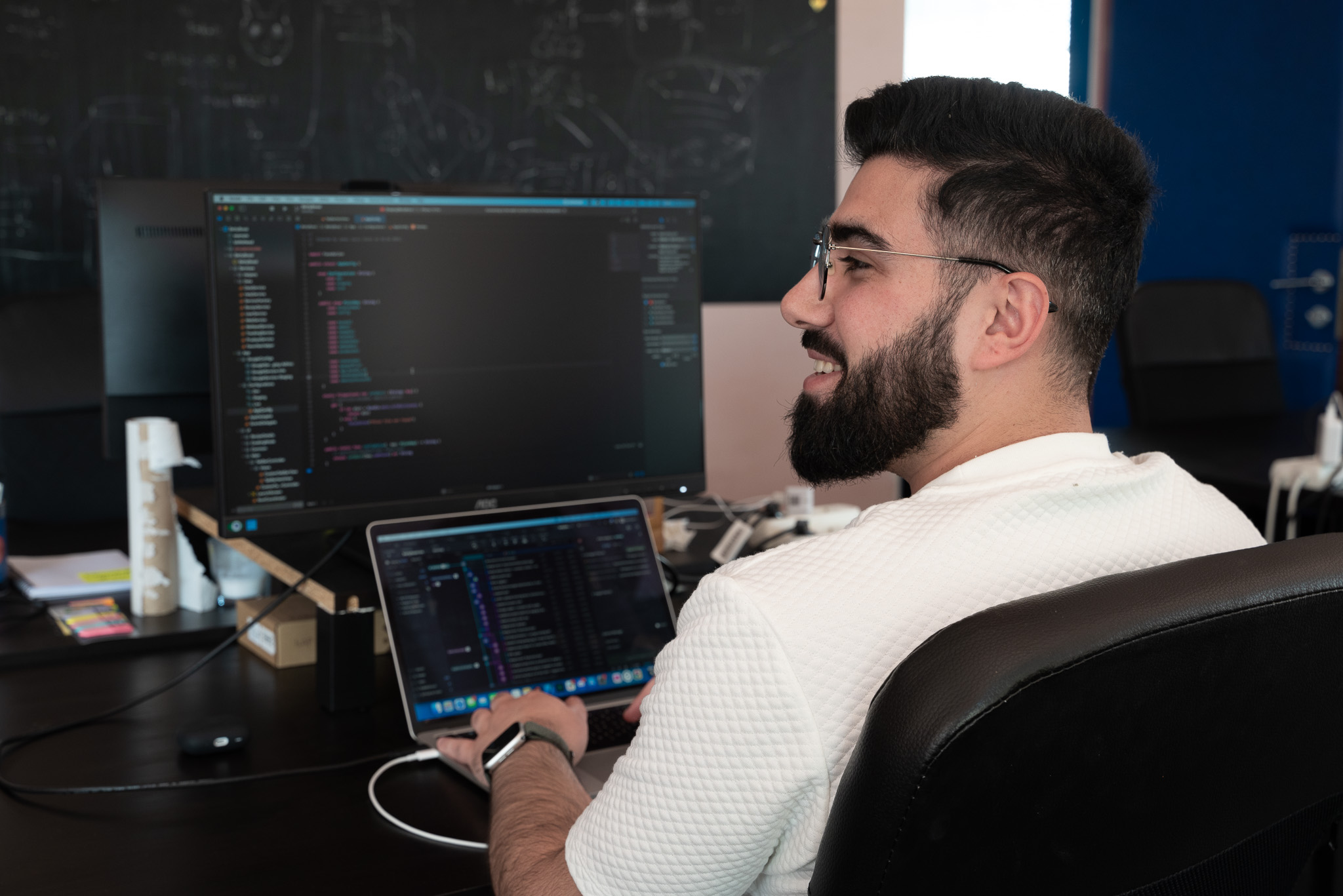While AI and IT may at times appear to be at cross-purposes, they are, in fact, complementary forces with the collective potential to redefine the future of mobile app development.
Emin Emini, Mobile Team Lead
In the fast-paced world of technology, the relationship between AI (Artificial Intelligence) and IT (Information Technology) has often been described as a complex friendship, filled with both collaboration and competition. As AI continues to advance and pervade probably any industry that comes to mind, it is crucial to analyse its coexistence with IT.
So what are the potentials for collaboration and what for conflict? Can these two industries coexist without excluding each other? What does the future look like and what will it mean for the IT job market? Well, as usual, we have opinions, so keep on reading.
The Clash of the Titans
AI and IT may seem like natural allies, as they frequently collaborate to enhance various aspects of technology. The vast amount of data generated by IT systems serves as the fuel for AI algorithms, empowering them to provide valuable insights and improve decision-making processes.
Additionally, IT experts and AI engineers often work together to develop and deploy AI solutions, capitalizing on their respective expertise. This collaboration enables businesses to streamline operations, enhance customer experiences, and gain a competitive edge.
Despite their collaborative efforts, AI and IT also find themselves competing for resources and attention within organizations and companies. Traditionally, IT professionals have been responsible for managing and maintaining technology systems, while AI introduces a new breed of automated intelligence that can perform tasks typically handled by IT personnel.
The rapid advancement of AI technologies has led to concerns among IT professionals about job security, as AI systems demonstrate capabilities traditionally associated with IT tasks. This shift in responsibilities can create uncertainty and resistance, as IT professionals may fear losing their jobs or becoming less relevant.
However, IT experts possess valuable knowledge and experience, ensuring the smooth integration and operation of AI systems. Balancing these roles and leveraging the strengths of both AI and IT is essential to harness their combined potential effectively.
Ethical considerations
As AI’s dominance grows, ethical considerations are inevitable, and IT plays a crucial role in ensuring that their implementation aligns with social values and avoids potential ethical issues.

Some ethical questions that have potential turning into issues if not handled properly are:
Fairness and Bias
AI systems should be designed to avoid bias and ensure fairness in decision-making. Biases can inadvertently be present in training data or algorithms, leading to discriminatory outcomes. IT can collaborate here with data scientists to develop algorithms that detect and correct biases in real-time. By implementing robust testing and validation processes, IT professionals can help identify and address any biases that may emerge during the AI system’s operation.
Transparency and Explainability
Users and stakeholders should have a clear understanding of how AI arrives at its conclusions or recommendations. This transparency fosters trust, enables accountability, and allows for potential error identification and correction.
It is highly necessary to ensure certain mechanism which have insights into AI algorithms and their decision making are implemented, and that is where IT takes place.
Privacy and Data Protection
AI relies on vast amounts of data to learn and make predictions. Ethical considerations involve safeguarding individuals’ privacy rights and ensuring secure handling of sensitive data.
IT is already responsible for implementing rigorous security measures to protect user data and privacy. IT can design robust data encryption protocols, access controls, and anonymization techniques to safeguard sensitive information.
Accountability and Responsibility
Clear lines of accountability and responsibility should be established for the development, deployment, and outcomes of AI systems. It must be identified at all times, who is responsible for AI-related decisions and actions and provide mechanisms for addressing any harm or negative consequences that may arise.
Protocols for identifying and assigning ownership of AI-related decisions are must. Having them can ensure that the responsible parties are held accountable.
Social Impact and Benefit
Job displacement and widening inequality are being more connected to AI as its influence rises. There is a truly thin line between benefiting from AI technology and advancements and being threatened by it. Nothing that cannot be navigated surely, but for that we all need education, awareness and a look into the whole picture.
Emerging AI systems must be designed and trained with ethical principles in mind, ensuring fairness, transparency, and accountability. By actively engaging in these areas, IT can contribute to the ethical development, deployment, and use of AI systems.
The impact of AI
One area where AI significantly impacts IT is through automation. AI-powered technologies, such as robotic process automation (RPA) and machine learning algorithms, have the potential to automate repetitive IT tasks, optimizing efficiency and reducing human error. This automation frees up IT focus on more strategic and innovative initiatives. However, the integration and management of AI-driven automation also pose unique challenges, requiring IT expertise to ensure security, scalability, and reliability.

As mentioned before, In recent years, the rise of AI has had a profound impact on various aspects of technology and business and rare industries come to mind that are not influenced by AI. One area that has experienced significant transformation is the software development of mobile applications.
The incorporation of AI features within the mobile ecosystem has revolutionized the capabilities of applications, enabling enhanced user experiences and intelligent functionalities. However, this shift has also brought forth various considerations and hurdles for developers to navigate.
Emin is Mobile Team Lead at Async Labs as well as a development enthusiast. He states that with the increasing integration of AI technologies, mobile developers have been presented with new opportunities and challenges, especially iOS developers.
The evolution of AI has undeniably caused a paradigm shift in iOS application development. It has brought about a surge in productivity and efficiency, particularly through the integration of AI plugins. These advanced tools facilitate rapid debugging, minimizing the time spent on identifying and resolving minor issues, which in turn enables developers to concentrate on more complex tasks. Furthermore, AI has contributed significantly towards refining the code refactoring and commenting processes. It is instrumental in generating streamlined, effective, and maintainable code, thereby enhancing the robustness of our software solutions. Incorporating AI features within the iOS ecosystem, however, does present unique challenges. Maintaining a balance between leveraging AI’s sophisticated capabilities and complying with Apple’s stringent privacy guidelines is a persistent hurdle.
Emin Emini, Mobile Team Lead

As for how can AI enhance the user experience on iOS platforms, Emin says it is by delivering personalised and interactive functionalities since avanced AI features, such as predictive analytics for example,can enable applications to be more perceptive and adaptive to user’s preferences and behavior.
Looking at the broader picture of mobile app development, the synergy between AI and IT presents tremendous opportunities. As Mobile team lead, I envision AI becoming an increasingly integral part of our processes, significantly augmenting our productivity and enriching the user experience. AI has the potential to transform the way we work by automating repetitive tasks, diminishing code redundancy, and facilitating code structure in UIKit and SwiftUI. This process of automation allows us to devote more time to innovative problem-solving and conceptualizing unique user experiences.
Emin Emini, Mobile Team Lead
Frenemies go in the same direction
While AI and IT share common ground in terms of data-driven approaches and automation, their focuses, skill sets, goals, implementation methods, and ethical considerations set them apart, at least for now. Understanding these similarities and differences can help us leverage the strengths of both domains and navigate this complex relationship effectively.
When it comes to technology, main similarities between AI and IT are in regards to data driven, automatised and integrated systems and processes. Both industries rely on data for their operations – while IT systems generate and process vast amounts of data, AI algorithms use data to learn, make predictions, and provide insights.
Our Backend Team Lead Bruno, emphasises the importance and the impact development industry can have from this bond.
I can tell that using some AI tools while developing apps can be of significant help. Not that long ago, you could easily spend hours googling the solution for your problem and now it often takes few minutes of conversation with AI tools such as Chatbot GPT.
Bruno Krnetić, Backend Team Lead

Embracing the future
The intricate relationship between AI and IT epitomises the concept of “frenemies” in the technology realm and is a reflection of the rapid evolution and intertwined nature of these domains. As technology advances, AI and IT professionals must adapt and upscale to thrive in this changing landscape. Rather than perceiving each other as opponents, they should recognise their interdependence and embrace collaboration. Companies that effectively integrate AI and IT will gain a competitive advantage, delivering innovative solutions while upholding ethical standards. Embracing this complex relationship is key to harnessing the full potential of AI while leveraging the expertise of IT professionals.
Have an idea for a project? Need some guidance? Get in touch with our team. You’ll be in good hands!
